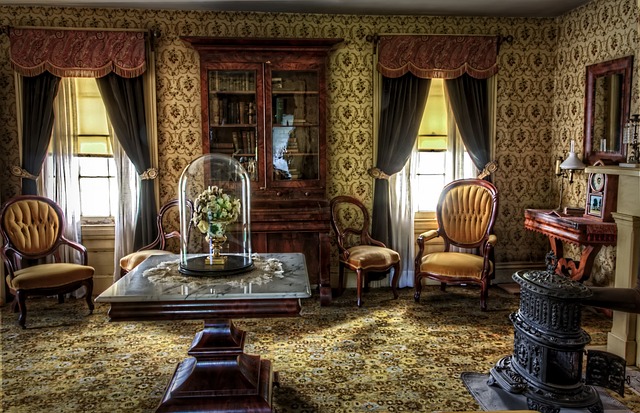Are all interior designer the same?
When it comes to home interior design, not all designers are created equal. Interior designers have various specializations, including residential or commercial design, kitchen and bath design, lighting design, and furniture design, among others. Moreover, they may differ in their design approach and style, level of education and experience, and services they provide. Some may prioritize functionality and practicality, while others may focus on aesthetics and style. In terms of style, some designers may have a traditional approach, while others may have a more modern or eclectic style. It’s important to find an interior designer whose style and approach align with your vision for your space.
The steps for choosing an interior designer:
It is important to choose the correct interior designer to avoid time wasting and unnecessary expenses among others:
Determine your style and needs: It’s crucial to have a clear idea of your design preferences, budget, and timeline before selecting an interior designer. Take inspiration from various sources and create a list of your favorite styles, colors, and materials.
Check their portfolio: Research interior designers in your area and explore their portfolios to assess their past work and design style. This will give you an idea of their creativity and expertise.
Read reviews and ask for references: Before hiring an interior designer, read online reviews and ask for references from their past clients. This can provide valuable insights into their reliability, professionalism, and customer service.
Schedule a consultation: Schedule a consultation with each potential designer to discuss your project, ask questions, and gauge their communication skills and design process.
Evaluate their proposals: After the consultations, evaluate the proposals you received from each designer. Compare their ideas, fees, timelines, and communication style, and select the designer who best aligns with your needs and preferences.
What if I’m on a tight budget?
Engaging a skilled home interior designer on a tight budget can be challenging, but it’s possible with the following tips:
- Be transparent about your budget: Clearly communicate your budget with your interior designer from the start. This will help them create a proposal that fits within your financial constraints.
- Prioritize your needs: When working on a tight budget, focus on the most important aspects of your design. Identify the key elements, such as storage, lighting, or functionality, and invest in those areas.
- Shop wisely: The market has many affordable options for furniture, decor, and materials. Shop around for deals and discounts, and consider upcycling or repurposing existing items.
- Consider DIY projects: If you have the time and skills, take on some of the design projects yourself, such as painting walls or assembling furniture, to save on labor costs.
- Partner with a junior designer or design student: Junior interior designers or design students may be willing to work with a lower budget than experienced professionals. While they may lack experience, they can bring innovative ideas and passion to your project.
Can interior design apps and 3D software do the job?
Although interior design apps and 3D software are valuable resources for visualizing and planning a home interior design project, they can’t replace the skills and knowledge of a professional interior designer. While these tools can provide a rough idea of how your space will look, they don’t account for critical elements such as functionality, flow, and design principles that a professional designer can integrate into your project.
In addition, interior design apps and software may have limitations in customization and accuracy. They may not consider the unique characteristics of your space, such as lighting, texture, and scale.
While these tools can be beneficial for DIY projects or inspiration, it’s always wise to consult with a professional interior designer, particularly if you have specific design goals or constraints. An experienced designer can help you create a cohesive and functional design that reflects your personal style and meets your specific needs while staying within your budget.



